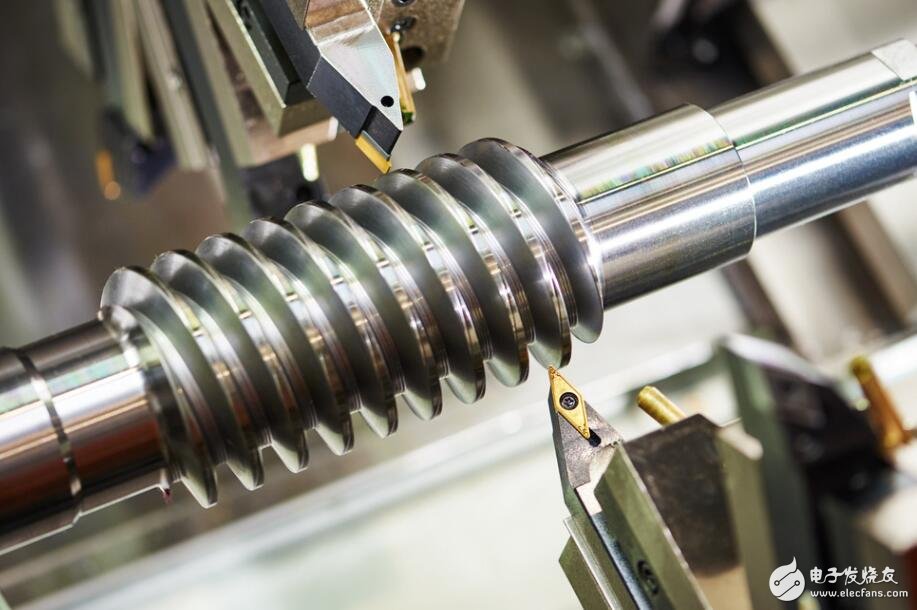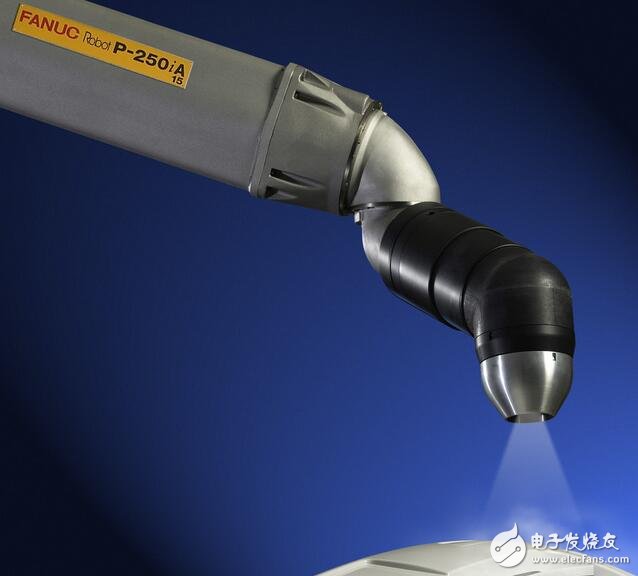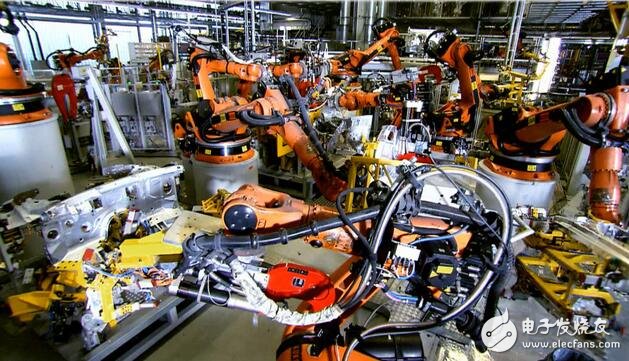If you don't see it, many companies have lost their way in the context of "Industry 4.0, Intelligent Manufacturing, Internet +" and other concepts. I don't know how to start, blindly follow the trend, watch others invest in automation, and follow suit, see others on information. I also followed, and it is very likely that I have been tossed and killed before I saw the smart manufacturing landing.
In fact, smart manufacturing or smart factories have their own implementation conditions and paths. There are no shortcuts. Different industries and different enterprises will have different roads. Generally speaking, the following ten path directions are the only way for China's industry to move from manufacturing to intellectual manufacturing, but for different industries and different enterprises, due to different market demand patterns, different product processes, and different management foundations. Etc. The focus is different, but you can always find a few viable ways to get to smart manufacturing.
1. Lean
Lean production, which originated from Toyota's production management method TPS, was originally designed for the individualized needs of multiple varieties and small batches. Its two pillars are “just-in-time†and “intelligent automationâ€, and the idea of ​​intelligent manufacturing today is not contrived. And, we have to admire Toyota's foresight as early as 50 years ago.

So far, Lean has evolved into a lean management philosophy and approach that spans the entire value chain of marketing, R&D, supply chain, production, process and even entrepreneurship, driving the transformation of global industries, from manufacturing to services. The ideas, methods and tools of “creating value to eliminate waste†promote the optimal allocation of production resources and achieve rapid improvement in quality, efficiency and response speed.
According to the experience of our coaching companies, as long as the company persists in doing so, most of them can get 50% or even more room for improvement. Regrettably, Lean has not been effectively implemented in most of China's enterprises. Most of them are only verbally speaking. Because of the quick success and lack of introduction of experience methods, they cannot persist and quit halfway. Into these companies, you will find waste everywhere, high inventory, repeated handling, high-intensity manual work, intermittent production mode, shoddy quality, long lead times and so on. In the electronics industry, Chinese companies have an average inventory turnaround time of 51 days, compared with 8 days in the US; in the textile and apparel industry, Chinese companies have an average inventory turnaround time of 120 days, while the industry benchmark ZARA is 15 days. In other words, even if the profit rate is the same, the return on investment of shareholders is more than 6 times.
Intelligent manufacturing cannot be built on this inefficient production model. Lean is the first step that must be taken, and it is the path with the highest return on investment. Because Lean does not require companies to make additional investments, simply reconfiguring production resources on an existing basis can yield an unexpected return.
We have helped hundreds of manufacturing companies in different industries from 100 million to hundreds of billions in size, by re-planning production layout and logistics, improving supply chain management, and introducing lean method tools such as TQM, TPM, and IE improvements. In 6-18 months, it has achieved significant improvement, reducing inventory by 30-75%, increasing production efficiency by 25-90%, shortening delivery time by 30-70%, and reducing annual cost by more than 10 million yuan.
The successful implementation of Lean is not difficult. The key lies in the determination of leadership and the change of management concept.
2. Standardization
Standardization is the foundation of automation and the premise of intelligent manufacturing.

A well-known domestic appliance company went to BMW, Toyota and other companies to visit, lamenting the high degree of automation in the automotive industry. Why is such a complex product of the automobile, but the simple product of home appliances is not, an important reason is standardization.
Common strategies such as shared platforms and common parts in the automotive industry have greatly reduced product costs. In 2000, Toyota launched the "CCC21" plan, which changed the original parts production based on the whole vehicle to the method of manufacturing the parts according to the parts, that is, the standardized parts were mass-produced, and it was successful in three years. Reduce costs by 30%.
In contrast, domestic companies do not pay attention to or realize the importance of standardization. Many types of product parts and components are so astounding. For example, there are dozens of specifications for simple screws and packaging cartons. How can the inventory and component costs be low? From the beginning of R&D design, there is no control at all. When developing a new product or changing a person, you will add new parts at will, lacking a standardized process and product database.
Standardization also includes standardized workflows and methods of operation, and McDonald's is typical of this. With standardization, automation can be developed accordingly, such as automatic welding, automatic assembly, assuming that the components are ever-changing, and the operation mode is not fixed, automation will be difficult to achieve, even if the implementation cost is high.
3, modular
Automobiles and computers are the first to achieve modularity. From modular design, modular procurement to modular production, modularity is also the key to intelligent manufacturing that can achieve low-cost personal consumption.
Last year, Google showed the latest developments in the modular mobile project Project Ara and the prototypes assembled through the platform. According to Google, the most important component of Ara's mobile phone is the aluminum mobile phone skeleton, which is designed by Google and includes communication modules and battery backup. The components including screen, processor and battery will be in modular form. Access, and ultimately form a complete mobile phone. If it is realized, the personalized mobile phone will become possible. Everyone's mobile phone can be unique. People can mix their favorite mobile phones like any building blocks.
Modularity reduces the complexity of design, procurement, and production. Standardized interfaces and connections increase versatility, reduce manufacturing costs and cycles, and automate production, logistics, and information communication. For example, in the past, the chargers of each mobile phone brand were different, and all the mobile phones were thrown away, which caused a lot of waste, and now there is improvement.
Real estate is also developing in this direction. Vanke learns from Japan's practice and builds the building modules in the factory and then installs them on the construction site. The quality, cycle and cost have been greatly improved.

Modularity is relatively difficult to implement, involves industry and enterprise standards, and requires the participation of upstream and downstream companies. This is a long-term work, so it is especially important to build lean strategic partnerships with each other.
Car Megaphone,Megaphone For Car,Vehicle Megaphone,Megafono Amplificador
Shangqiu Huayitong electronic technology co., Ltd. , https://www.huayitongmegaphones.com